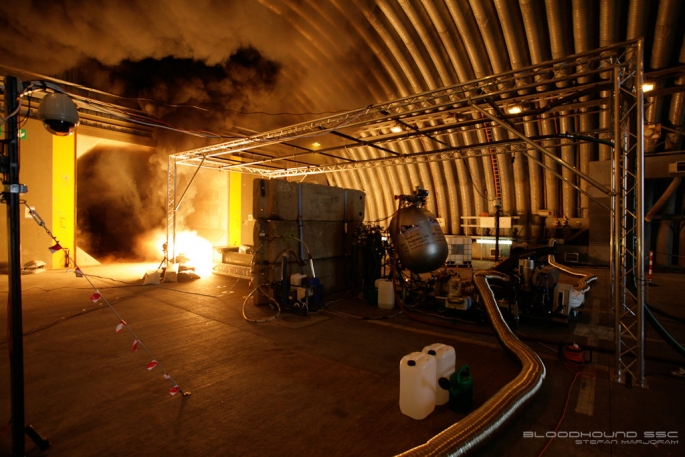
Many of my generation grew up in the shadow of the Apollo missions, which inspired us to look up and wonder what space exploration was really like. If you asked a 10 year old in the 70’s what they wanted to do when they grew up, they’d have probably said ‘be an astronaut’ and some would have then carved out a career path to being a test pilot as this is a prerequisite to joining NASA.
These dreams were also born out of TV programs like Star Trek, with all the engineering and medical gadgetry, Star Wars with X-Wing fighters and Jedi Lightsabres, and even Moonraker, the James Bond film that gave us the Space Shuttle long before NASA ever thought of it. I on the other hand found maths quite interesting at school and subconsciously understood the laws of probability.
It was highly unlikely that I could ever be an astronaut and nor could I ever be a Jedi Master, so my ambition was brought down to earth by a far more achievable goal — A rock star.
I have no idea how many people saw the moon landing on TV, but if today’s network of digital media channels were available the number would be significantly higher. Just recently an estimated 8 million people watched online Felix Baumgartner set a new world record and break the sound barrier as he reached 833.9 mph free-falling from the edge of space. That’s faster than Andy Green’s current Land Speed Record of 763mph and just using gravity to accelerate.
Even today these technology centric, human endeavors create huge interest, and that’s exactly why Bloodhound SSC can inspire the next generation, and why we invited everyone to watch live our first Cosworth pumped hybrid rocket experiment from a bomb proof shed in Newquay last month. We are showing everyone the technology that makes Bloodhound work; we openly transmit the data and we are sharing the experience along the way.
The technology in these types of projects has always been my inspiration, and probably why I remain fascinated with 3D Printing. To me a 3D Printer is just an early stage Star Trek Replicator, building things particle by particle, voxel by voxel. If we go down the material scale to an atomic level then why not imagine then being able to build anything atom by atom?
If you don’t believe me, read the work of Professor Richard Feynman, noted as the father of Nano-Technology, he said “I want to build a billion tiny factories, models of each other, which are manufacturing simultaneously… The principles of physics, as far as I can see, do not speak against the possibility of maneuvering things atom by atom. It is not an attempt to violate any laws; it is something, in principle, that can be done; but in practice, it has not been done because we are too big.”
So there you have it, the Star Trek Replicator is theoretically possible, and the sooner MIT does something about it the better. I’ve spent many years in aerospace directing the technology strategy to scale up these machines to make large scale components. However the material science needs to be directed to smaller scales, below nano scale, if we want to achieve real functionality like nature, manipulate the very stuff everything is made from, and then build anything we like. Even the USS Enterprise NCC-1701.
Bloodhound is constantly inspiring, and not just the children from the 5000+ schools registered with us, or the 11,000 names on the fin, or the 6000 1K Club members. It also continues to inspire us; the people working on the project, by the people we meet from other projects. On my very first day at Bloodhound I was awe inspired when I met Neil Armstrong.
He talked a lot about rocketry and the risks involved, and he gave us all a lesson in differentiating Science from Engineering. I was left with a sense of how small our project felt compared to his achievements and these Apollo missions. It was not much different when I met the Space Shuttle Mission STS-133 Discovery Crew last year when they talked about their experiences working on the International Space Station and the end of the Shuttle program.
We often get asked what we will do when we finish the Bloodhound project, to which I’ve never really had an answer, so I asked the Discovery crew the same question. They simply said they would just carry on doing the things they love to do; like medical research, robots, science and engineering. This is when it dawned on me that Astronauts today are not test pilots anymore; they are people like us who do science and engineering.
The Apollo missions were about learning to get into space, today we are learning how to work in space. It’s now more likely that if you study STEM subjects you can actually go into space as a career and make 3D Printed components on the Space Station. So now I know what I want to do when I finish this project, I’m going to apply to NASA and become an Astronaut!


